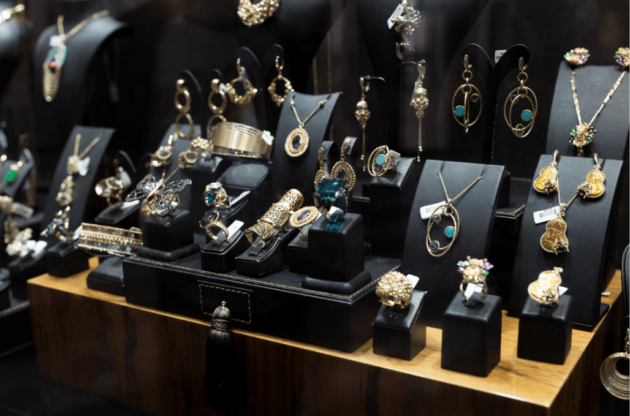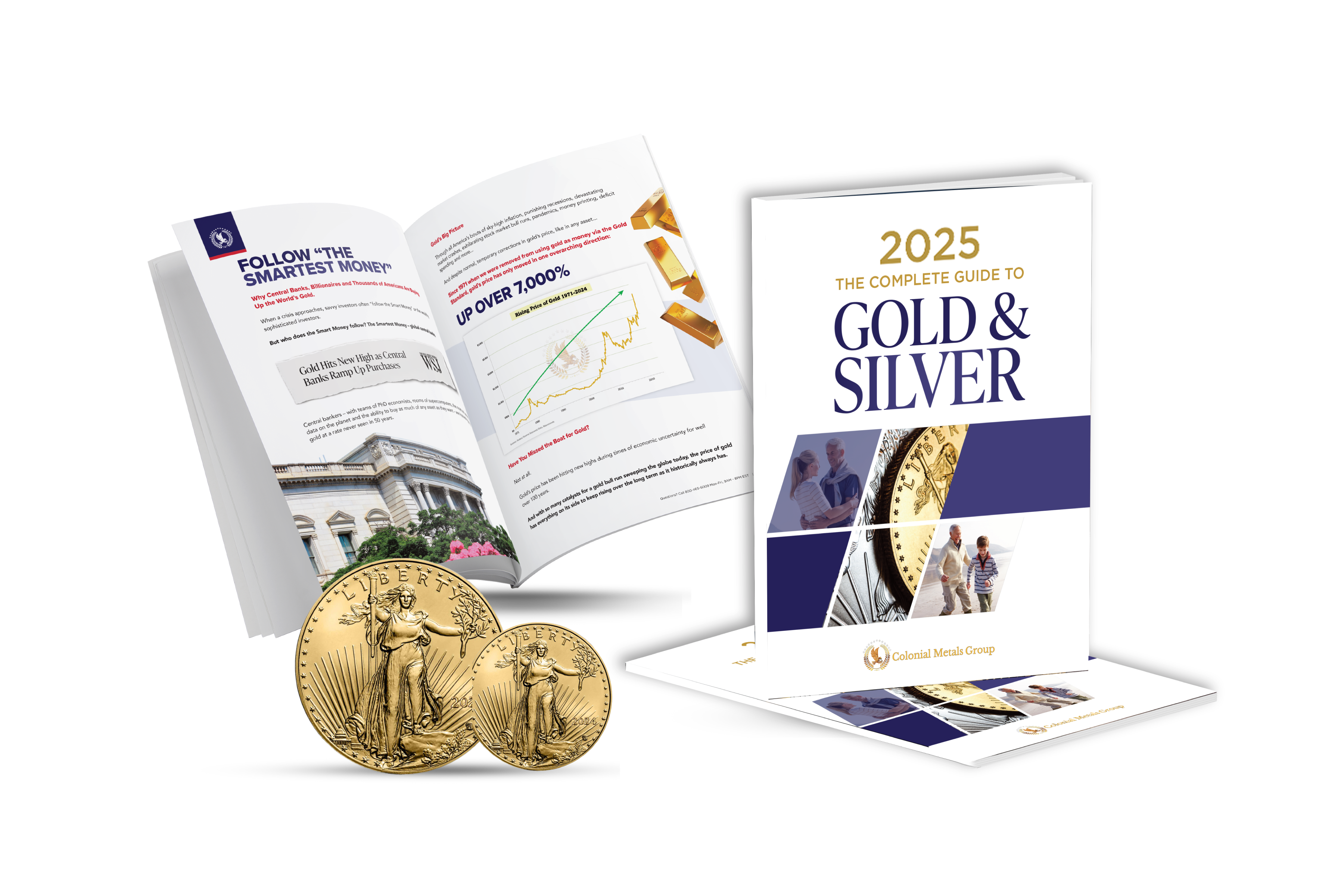
Introduction to Investing in Silver
Despite being called “the poor man’s gold,” Silver investments are just as valuable as gold investments.
If you’re looking to diversify your portfolio, investing in Silver is crucial. Despite its short-term price volatility, the demand for Silver continues to increase and its long-term value is doing what it always does: trending upwards.
Ready to start your silver investment journey? Colonial Metals can help.
The Appeal of Silver Investment

Silver has been used as a currency since 1,200 BC, and as its popularity has grown, it has become an important industrial commodity. This metal is used in jewelry, electronics, photography, life-saving medicine, and many more sectors.
As an investment, silver’s buying price is much lower than gold making it accessible to every investor. This lower price also helps ensure liquidation. You’re always going to find a buyer, but this doesn’t mean your investment won’t have capital appreciation.
Due to its historic monetary link and Silver’s role as an industrial commodity, the metal has intrinsic value and an ever-shrinking supply, making now the time to jump on this store of wealth.
Source: The Silver Institute
Factors Influencing Silver Prices
Several factors influence the value of silver:
- Supply and demand dynamics.
- Macroeconomic factors.
- Geopolitical tensions.
Let’s delve more into them:
Supply and Demand Dynamics

Despite the continued explosion of silver production in the last century, silver has a limited supply, and fluctuations in mining output affect this supply. Different technological advancements, recycling rates, and government policies also alter the supply of silver.
Demand is driven by industrial demand in electronics, solar panels, medicine, etc..
Silver is often in a supply-demand deficit where the demand is higher than the supply, increasing the value.
Economic Indicators and Market Sentiment

Silver is widely regarded as a safe-haven asset, so during economic volatility, many investors will start to invest.
When market and investor sentiment is low, silver prices may increase because it is considered a protective investment.
When unemployment rates are high, indicating economic downturns, silver prices will increase.
But, the market doesn’t always have to be bad. When GDP growth is high, denoting a healthy economy, the short-term price of silver will lower, but more people will invest, leading to a surge in value.
Geopolitical Tensions and Currency Devaluation
As with any asset class, silver prices can fluctuate during times of geopolitical instability, but this instability can drive demand for safe-haven assets like silver.
During high inflation, which may be a result of these tensions, the demand for silver will increase as its value has historically increased as currency devalues.
Diversification Benefits of Silver

Silver benefits investment portfolios, helping mitigate risk and create diversification.
Silver’s value is helped by these factors:
Hedge Against Inflation and Economic Uncertainty
Silver hedges against inflation, which helps preserve purchasing power.
As a precious metal containing instinct value, a silver investment helps provide stability to your portfolio. When compared to traditional assets like stocks or bonds, silver has an inverse correlation which diversifies risk and helps mitigate market volatility.
Portfolio Stability and Resilience
Silver’s value has shown an increase during economic downturns, enhancing your portfolio’s stability and resilience.
When you include silver as part of your investment strategy, you can reduce the overall volatility of your portfolio because of its low correlation with the fluctuations of other assets.
Preservation of Wealth and Purchasing Power

Since its discovery over 5000 years ago, silver has been known as a store of wealth, maintaining that status even today. This history demonstrates a stable preservation of wealth and a stable purchasing power.
Because it is a tangible asset, silver won’t fall into the traps of currency devaluation and systematic risks. Its physical nature contributes to its limited supply, which when demand is high, drives an increase in prices.
Silver as a Safe Haven Asset

During times of economic uncertainty and geopolitical instability, silver acts as a haven asset. This means during inflation or high-interest rates, the value of silver will not fluctuate as much with the markets, leading investors to seek it out.
Silver has maintained value through financial crises of the past and will continue to provide portfolio protection.
Long-Term Investment Potential
Silver often experiences short-term volatility, making its investment a long-term project.
A silver investment will appreciate over many years, making it a generational asset. It’s something you can pass down to your children or grandchildren as it will preserve purchasing power and continue to increase in value.
Investing in Physical Silver vs. Silver Securities
There are several things to consider before investing in silver, including the method in which to invest.
These considerations are:
Direct Ownership vs. Indirect Exposure
You can own physical silver in the form of bars, coins, or bullion which provides you with tangible ownership, but may come with added fees.
You can also invest through exchange-traded funds (EFTs) or mining stocks which offer indirect exposure but may be more volatile to market fluctuations. Silver securities, such as exchange-traded funds (ETFs) or mining stocks, offer indirect exposure to silver prices.
You should consider your preferences for tangibility, liquidity, convenience, investing goals, and risk tolerance.
Storage and Security Considerations
Physical silver requires storage, either in your home or at third-party facilities. You need to protect your asset from theft or damage and this might mean paying more to store it correctly and insure it.
Silver securities do not require physical storage but you may need digital security and brokerage account protection.
Risk and Return Profiles
Physical silver offers a hedge against inflation and systemic risks, and, because of its tangibility, it is easier to pay down, supporting wealth preservation.
Silver securities provide higher liquidity and potential returns but may fluctuate to market and company-specific conditions, which physical silver won’t.
It’s vital to assess your risk tolerance, investment goals, and time horizon when evaluating how to invest in silver.
Conclusion
Silver has been highly regarded for a long time, offering your investment portfolio diversification, wealth preservation, and safe-haven status against pressures like inflation.
Investing in silver is a great way to protect your money and provide resilience and strength to your portfolio. The only hard decision is deciding how you want to invest.
Learn more about investing in precious metals, and build a more sustainable portfolio by contacting Colonial Metals.
Frequently Asked Questions
What influences silver investment prices?
Supply and demand dynamics, geopolitical tensions, and market conditions, including sentiment, will also affect silver prices.
What are the long-term investment potentials of silver?
Historically, silver has appreciated over time, even when facing financial downturns, making it a smart long-term investment.
What are the diversification benefits of silver investments?
Silver investments hedge against inflation and mitigate risk, adding resilience to an investment portfolio. A silver investment will protect your funds and help strengthen your portfolio.





